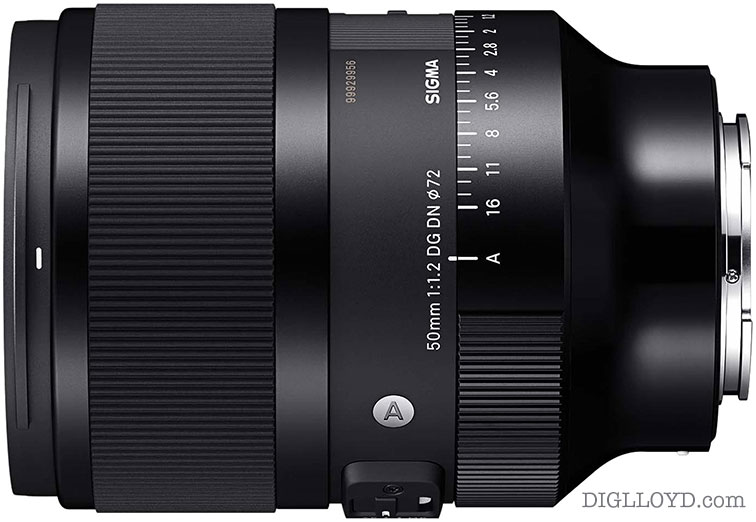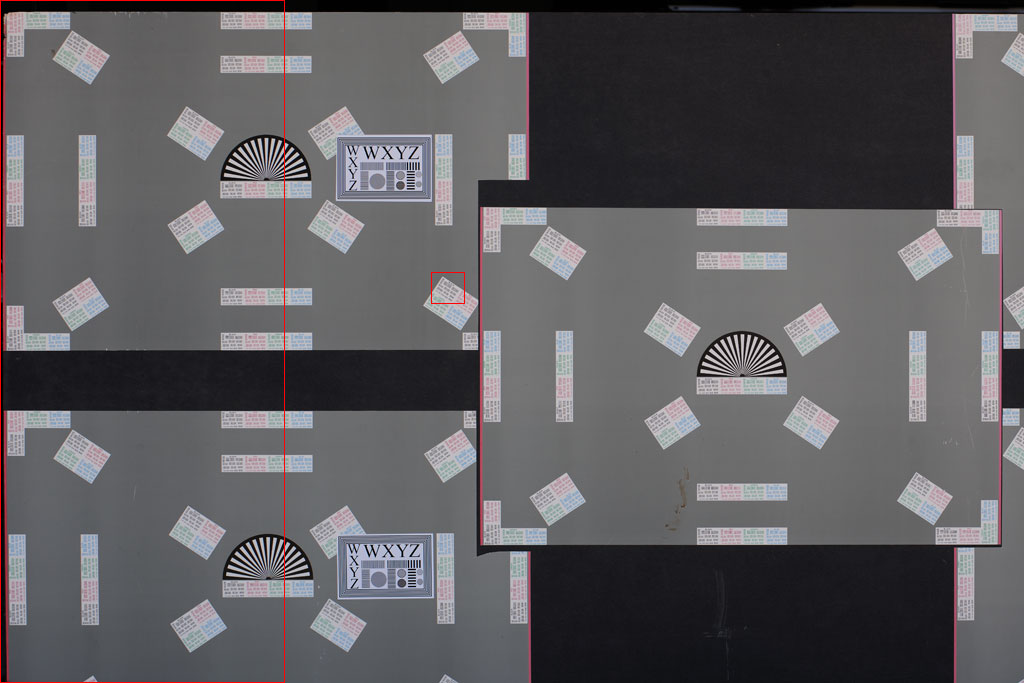IN STOCK!
For Sony mirrorless or Leica L.


|


|

$200 Leica BP-SCL6 Lithium-Ion Battery (8.4V, 2200mAh) BACK IN STOCK in Accessories: Batteries and Power
|

|

|

|
Resolution chart—80/2.8
The MTF charts suggest that sharpness will be degraded by field curvature and astigmatism for the Hartblei 40/4 and 80/2.8, but not much by the 120/4.
Please see test notes on the 40/4 page.
Resolution chart
Results here are similar to those from the 40/4 in terms of contrast/sharpness and field curvature.
Contrast at f/2.8 is quite low, and it should be avoided except for a dreamy effect; the effect is similar to that seen with DSLR 50mm f/1.4 lenses, and might indicate spherical aberration (and therefore possible focus shift, though the image crisps up nicely at f/4).
The results show that with a flat (planar) subject:
- unshifted performance is excellent over most of the 35mm frame, slightly weak at the far corners until f/8 (astigmatism);
- fully shifted, the corner and center cannot be sharp at the same time unless the lens is stopped down to the f/11 - f/16 range;
- some trace uncorrected chromatic aberration is present;
- fully shifted, contrast is low in the corners (due to field curvature) unless focus is near the corner;
- astigmatism is unavoidable; even optimal focus for the corner does not avoid it;
- Overall best results near f/16; stopping down to f/22 degrades contrast and resolution substantially.
- field curvature comes into play significantly at about 5mm of shift; the last 5mm of shift is where the field curvature really is seen as a problem (for planar subjects).
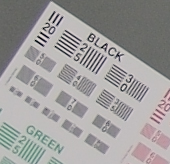
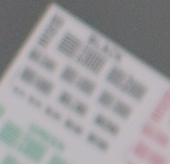
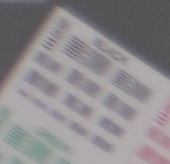
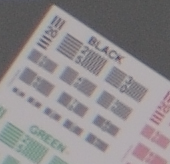
Conclusions
Shifted performance on flat (planar) subjects reveals field curvature and associated astigmatism beyond about 5mm of shift, for which stopping down to f/11 - f/16 is strongly advised. For 3D subjects such considerations may be safely ignored.


















